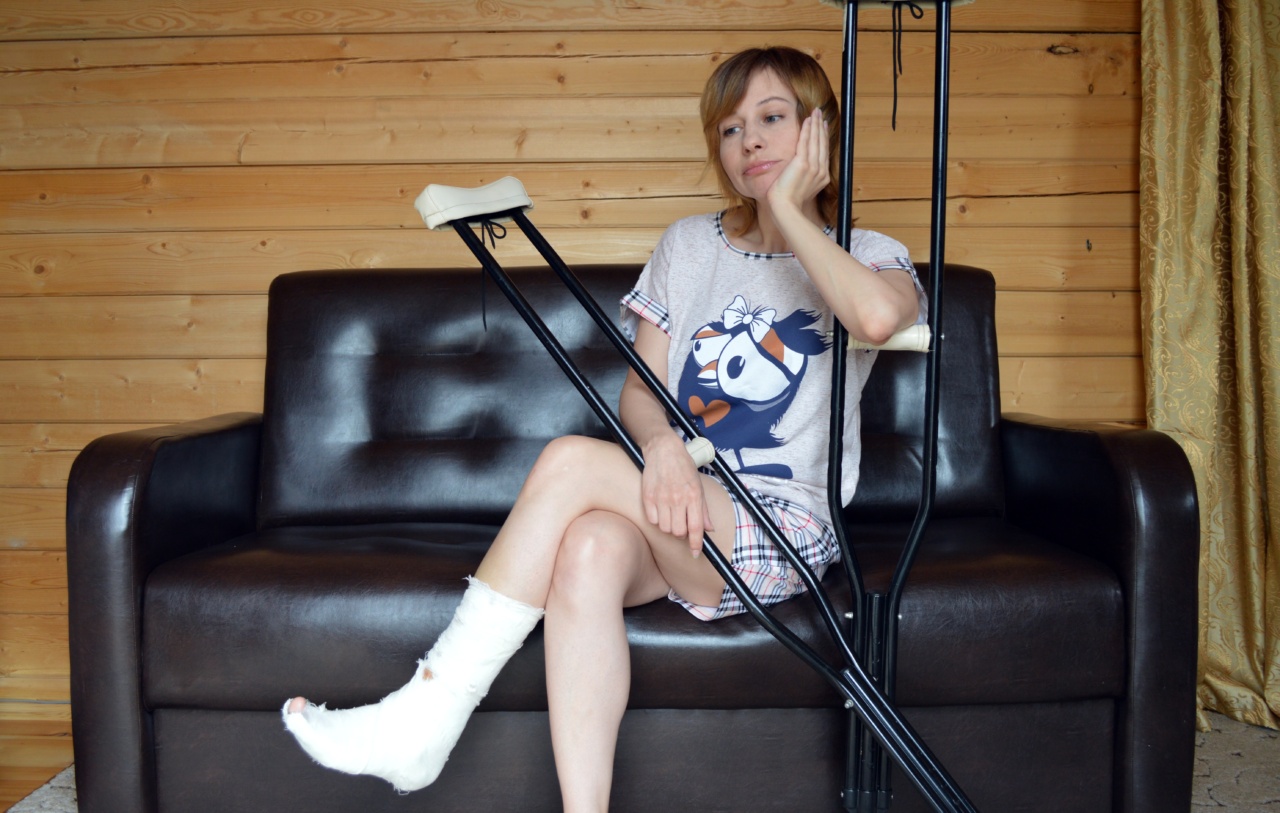Cross-legged sitting has been a popular way of sitting for centuries, but in recent years, many people have started questioning its effects on our health.
While it may feel comfortable and natural, some experts say that it could be causing more harm than good. In this article, we will take a closer look at the effects of cross-legged sitting on our bodies and whether or not it is bad for our health.
What is Cross-Legged Sitting?
Cross-legged sitting is a seated position where one leg is tucked under the opposite thigh. This position is also known as “Indian style” or “yoga style” sitting.
For many people, it is a comfortable and natural way of sitting, especially when sitting on the floor. Cross-legged sitting is common in many cultures around the world, including Asia and the Middle East.
What are the Effects of Cross-Legged Sitting on Our Bodies?
While cross-legged sitting may feel comfortable, it can have negative effects on our bodies. Here are some of the potential effects of cross-legged sitting:.
1. Poor Posture
Cross-legged sitting can cause poor posture, especially if you sit in this position for long periods. This is because sitting cross-legged puts extra strain on your lower back and hips, which can cause you to slouch or hunch forward.
Poor posture can lead to chronic pain and discomfort, as well as decreased mobility and flexibility in your spine.
2. Knee Pain
Cross-legged sitting can also cause knee pain, especially if you have a pre-existing knee condition. Sitting with your legs crossed puts extra pressure on your knees, which can exacerbate knee pain and inflammation.
Over time, this pressure can also lead to joint damage and increased risk of osteoarthritis.
3. Increased Risk of Blood Clots
Cross-legged sitting can increase your risk of developing blood clots, especially if you sit in this position for long periods.
This is because sitting with your legs crossed can cause blood to pool in your lower legs, which can increase your risk of deep vein thrombosis (DVT). DVT is a serious condition that can lead to blood clots in your lungs or other organs, which can be life-threatening.
4. Numbness and Tingling
Sitting cross-legged can also cause numbness and tingling in your legs and feet. This is because crossing your legs can compress the nerves and blood vessels in your legs, which can cause temporary numbness and tingling.
Over time, this compression can also lead to nerve damage and decreased circulation in your legs.
What are some Alternatives to Cross-Legged Sitting?
If you want to avoid the negative effects of cross-legged sitting, there are several alternative sitting positions that you can try. Here are some examples:.
1. Chair Sitting
One alternative to cross-legged sitting is sitting in a chair with proper back support. Make sure that your feet are flat on the ground and your knees are level with or slightly below your hips.
This position can help to reduce strain on your lower back and knees.
2. Floor Sitting with Support
You can also sit on the floor with support, such as by placing a pillow or cushion under your hips. This can help to reduce pressure on your lower back and knees.
You can also try sitting with your legs out in front of you, or with one leg bent and the other leg extended.
3. Kneeling Stool
Another alternative to cross-legged sitting is using a kneeling stool. This position can help to reduce pressure on your lower back and promote good posture.
Make sure that your feet are flat on the ground and your knees are level with or slightly below your hips.
Overall, there are many alternatives to cross-legged sitting that can help to reduce strain on your body.
It’s important to find a sitting position that is comfortable and supportive for you, and to take breaks and stretch regularly if you are sitting for long periods.
Conclusion
While cross-legged sitting may feel comfortable and natural, it can have negative effects on our bodies over time.
Poor posture, knee pain, increased risk of blood clots, and numbness and tingling are just some of the potential effects of cross-legged sitting. Instead, try alternative sitting positions that can reduce strain on your body and promote good posture and circulation.




























